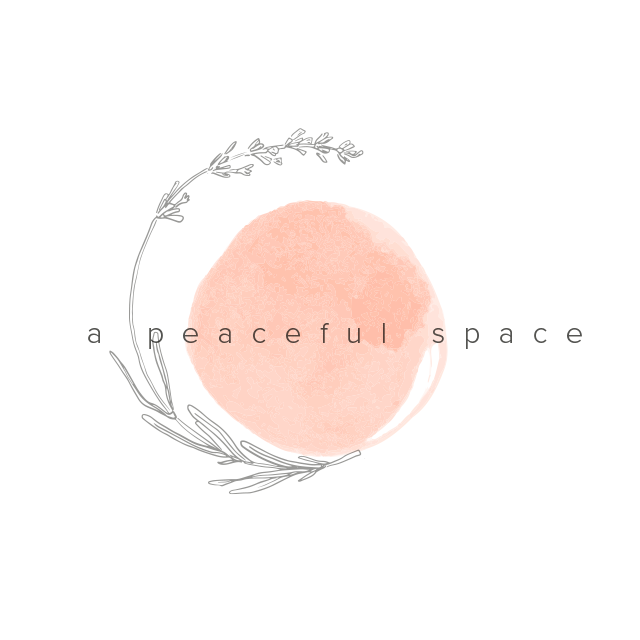Indoor Air Quality 101
INTRODUCTION
When making the case for green buildings, in regard to the economics, one of the key arguments is that green buildings create a better indoor environment. A better indoor environment results in higher productivity and improved economic performance based on the productivity of the workers. The intent of IEQ is to provide systems that will insure the quality of the indoor environment. The pieces are in place to facilitate this quality indoor environment and then to eliminate or reduce potential contaminants that might be introduced to the environment.
Consider this: The national average cost in terms of salaries and benefits per square foot per year is $318.2 The average cost of the rent or mortgage is around $20. The energy costs for the same square foot is $2.25. So the people are more than ten times the rent, and more than a hundred times the cost of the energy. Ask yourself if it makes more sense to make an investment in the indoor environment, especially good breathable air, or have a small savings in energy? Small changes in performance by people have a big return on investment, considering that the people cost 100 times as much as the energy.
Increasing the quantity of outdoor air will increase the quality of indoor air. If too little outdoor air is entering a building, contaminants will build up and occupant health will suffer. Providing more fresh air is a key factor in reducing contaminants indoors.
THE ROLE OF VENTILATION
When increasing the ventilation in a building, the energy costs go up and a larger HVAC system may be needed. An important design decision, and one that often is discussed and debated, is the added energy cost vs. the added air.
If adding air increases energy use, there is a negative impact on the environment if the energy comes from fossil fuels. If a minimal amount of air is used, are occupants going to have health issues? You might consider the comparison from the introduction, outlining the cost of an employee per square foot vs. the cost of energy per square foot.
Source: LEED

